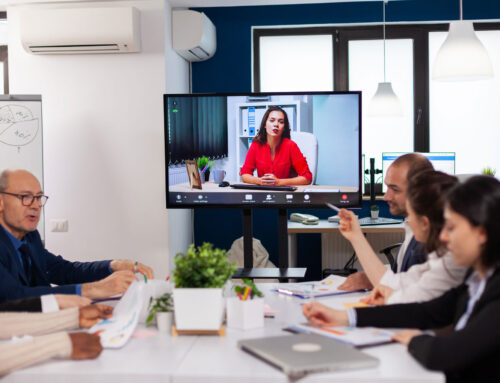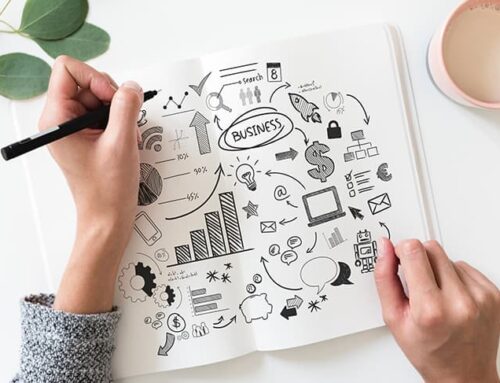In the 1960s, business executives spent approximately 10 hours each week in meetings. Nowadays, executives spend nearly 23 hours each week in meetings. However, in the midst of a pandemic, you might not be seeing coworkers and employees in person as much. It’s time to strategize and make the most of the few face-to-face meetings you have. Here’s how.
Get a Virtual Office
First of all, it’s important to have a proper meeting space. If you don’t have a permanent office location, you don’t want to waste time finding a meeting room or risk employees getting lost on the way whenever you need to meet. If you haven’t already explored virtual offices, now is the time. A virtual office gives you access to a physical business address, a live receptionist, and conference rooms. The pandemic has forced many businesses to operate solely online, and a virtual office means no exorbitant rent or utilities and less physical exposure. It also means that you can rent a meeting space when you need it, and you won’t have to find new locations every time you need a space.
Plan Ahead
If you really want to make the most of your meetings, you should plan ahead. Who needs to be there? What are your objectives? Could the meeting be done on a conference call, or could several meetings be made into one? Answering these questions can help you decide what needs to be accomplished and how.
Use the Time Wisely
To have an effective meeting, it’s important to use the time wisely. Let everyone know in advance what the topics will be and how much time you will allot for each. That way, everyone can come prepared. It’s a good idea to have copies of your agenda at the meeting for each attendee to keep everyone focused.
Use a Timer
As silly as it may sound, you should use a timer at your meeting. Using a timer or asking someone to keep track of the time will ensure that you cover every topic you need to without the need for an additional meeting. You also want to give each topic the appropriate amount of time so that you don’t feel rushed. It’s equally important to start the meeting on time and end on time. It’s even a good idea to end early so there’s time for questions or concerns.
Get the Right Materials
It’s a good idea to use some visuals at meetings, but make sure not to go overboard. If every talking point has a PowerPoint slide with colorful illustrations, your audience might get distracted and not hear what you’re saying. Go with bullet points and simple graphics.
Avoid Distractions
Just as materials can be distracting, so can phone calls, text messages, emails, and open laptops. Ask your attendees to silence their phones and close their laptops before the meeting begins. Food and drinks can be equally distracting, so choose a meeting time that doesn’t interfere with lunch or save the snacks for after the meeting.
Recap
Don’t forget to recap at the end of your meeting to make sure that everyone is on the same page and no one missed important information. You should reiterate what was decided in the meeting, assign tasks, and give time expectations for those tasks to be completed. It’s a good idea to send out follow-up communication a day or two after the meeting, as well.
Business operations might look a little different these days—especially when it comes to meetings. However, using a virtual office, planning ahead, sticking to a timeline, and communicating clearly are all ways you can make the most of your meetings.





